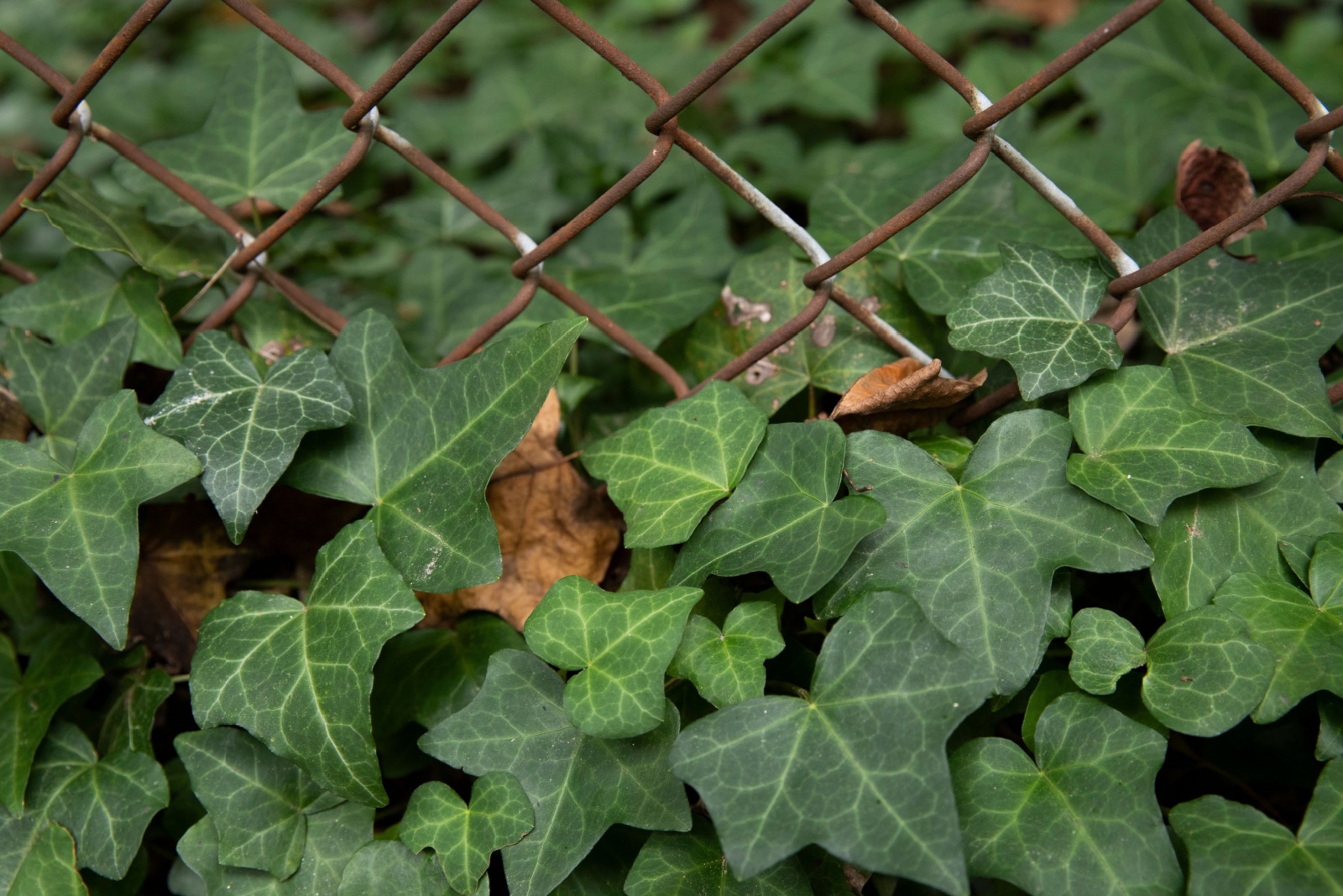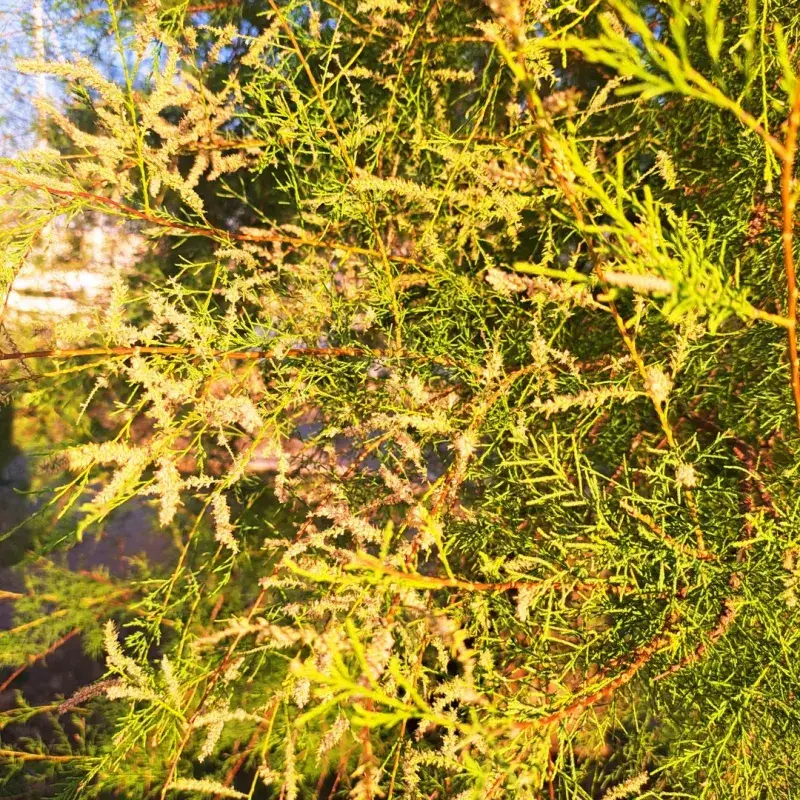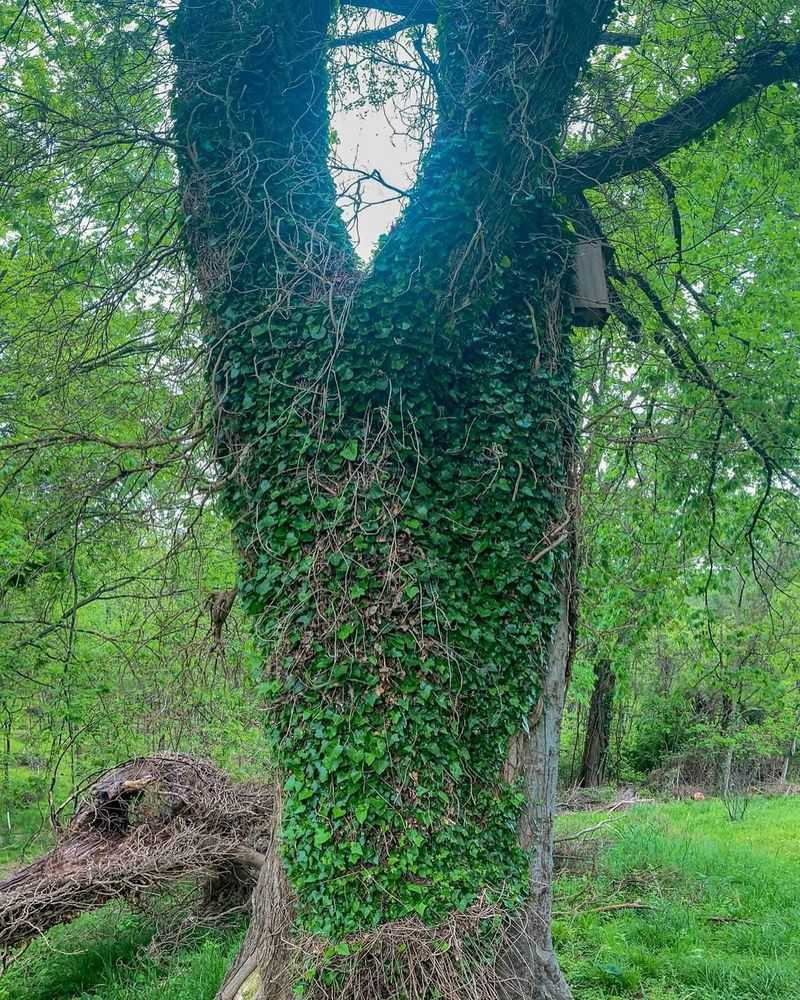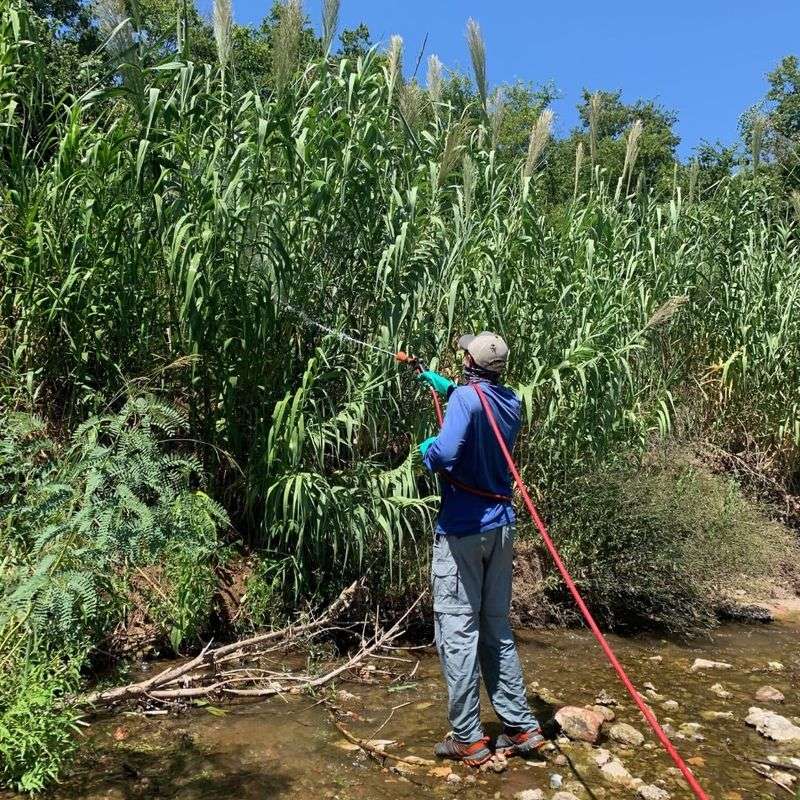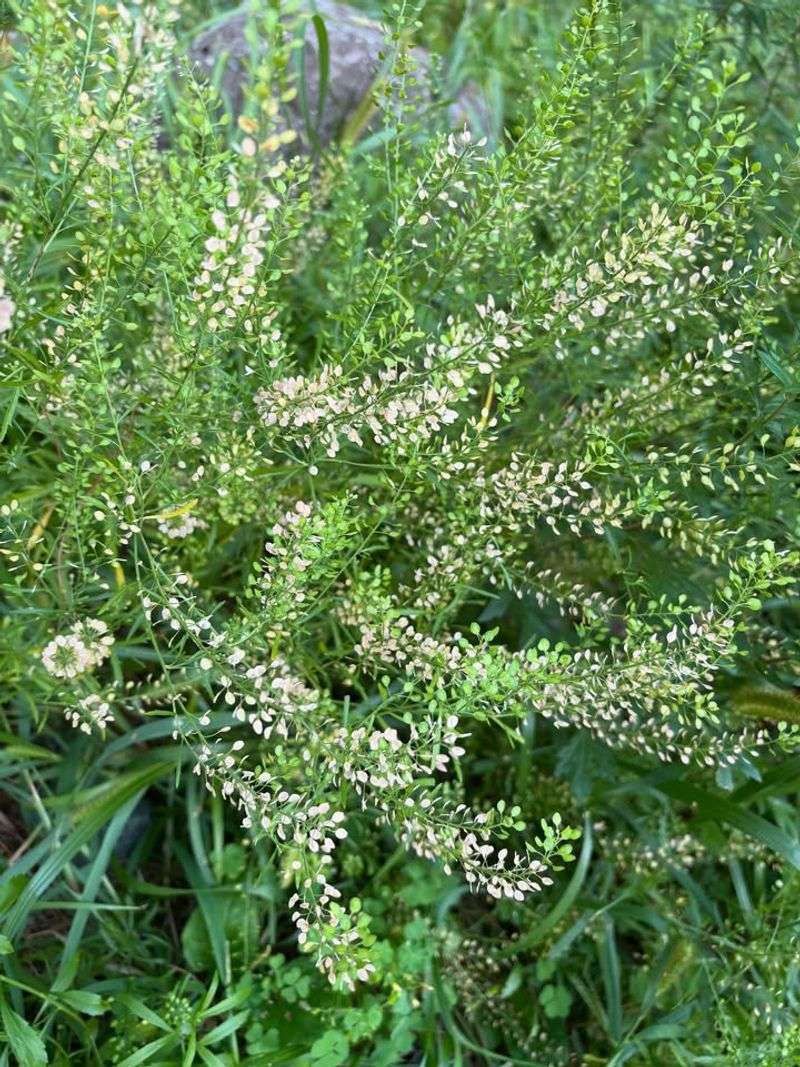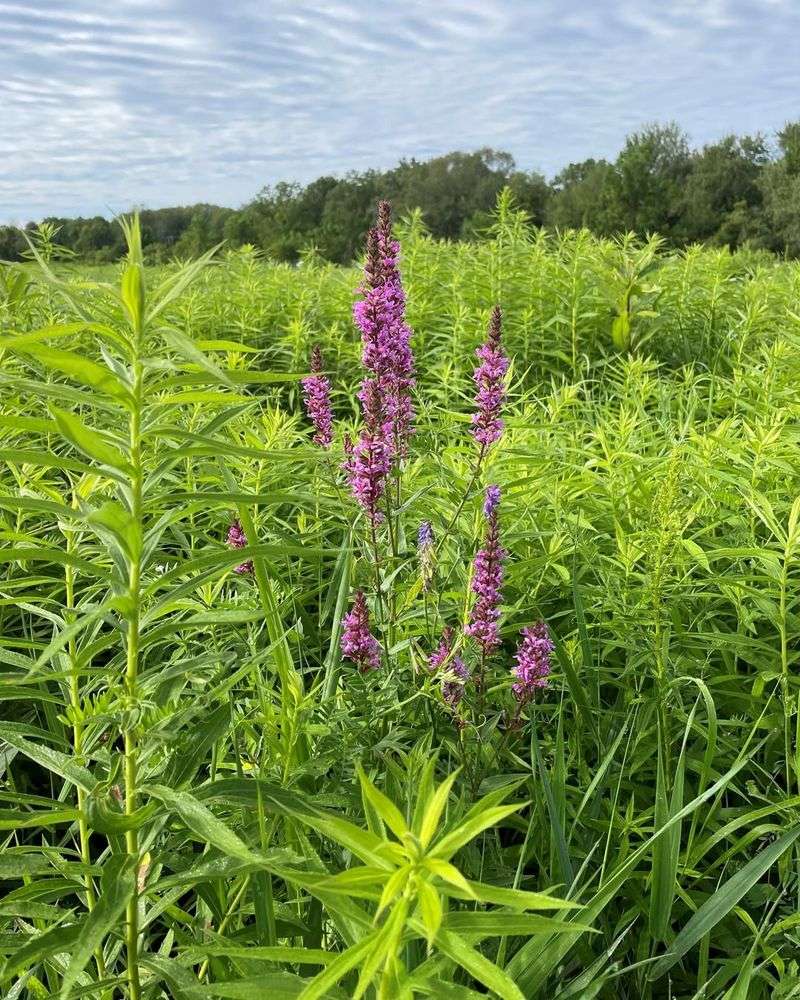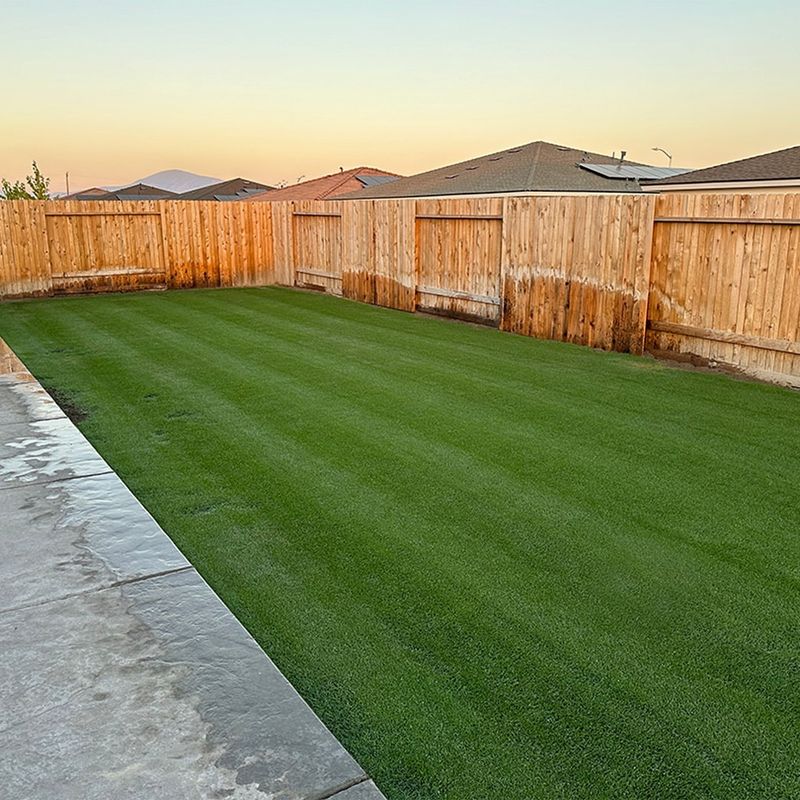Nevada gardeners could soon see changes in what’s allowed to grow in their yards. With water shortages and fast-spreading plants causing concern, officials are rethinking the rules. Some longtime favorites might land on a restricted list—especially those that guzzle water or take over too easily.
It’s a smart time to check what’s still safe to plant. I’ve seen landscapes thrive with drought-tolerant swaps that look great and stay within the guidelines. Knowing what’s at risk helps you plan ahead and avoid costly mistakes.
1. Russian Olive Trees
Brought over decades ago as windbreaks, these silver-leafed trees now crowd out native plants along Nevada waterways. They spread fast through seeds and root sprouts, taking over areas where willows and cottonwoods once thrived.
Water managers worry they’re draining precious resources. If restrictions pass, homeowners might need permits to keep existing trees or face removal requirements for new plantings in certain counties.
2. Fountain Grass Varieties
Those flowing purple plumes look gorgeous swaying in the breeze, but fountain grass has a sneaky side. Seeds scatter everywhere, and before you know it, patches pop up far from your original planting spot.
Nevada’s desert ecosystems can’t compete with this aggressive grower. It outpaces native bunch grasses and increases wildfire risk with its dry, fluffy seed heads. Landscapers across the state are already switching to clumping blue grama as a safer alternative.
3. Tamarisk Shrubs
Also called salt cedar, tamarisk drinks water like there’s no tomorrow—up to 200 gallons per day for a mature plant. That’s a huge problem in Nevada, where every drop counts.
These shrubs form thick stands along rivers and streams, choking out everything else. Their deep roots tap into groundwater that native species depend on. Removal programs have spent millions trying to clear them from public lands, and officials want to stop new plantings altogether.
4. English Ivy Ground Cover
That classic climbing ivy might work in rainy climates, but it’s becoming a headache for Nevada gardeners. Once established, it smothers other plants and climbs trees, blocking sunlight they need to survive.
The vines create dense mats that harbor pests and make yard maintenance a nightmare. Birds spread the berries to wild areas, where ivy overtakes native ground covers. Several homeowner associations are already asking residents to replace it with desert-friendly alternatives like creeping thyme.
5. Giant Reed Plants
Towering up to 20 feet tall, giant reed looks impressive but causes serious trouble. A single plant produces thousands of seeds and spreads through underground stems that break off and root downstream.
Nevada ranchers dislike it because livestock won’t eat it, and it offers no food for wildlife. The tall, dry stalks become fire hazards during summer months. Officials consider it one of the worst invasive species affecting water systems throughout the state’s valleys.
6. Perennial Pepperweed
This white-flowered plant started appearing along Nevada roadsides and hasn’t stopped spreading. It forms thick stands that crowd out everything around it, including crops in agricultural areas.
The deep root system makes removal almost impossible without professional help. Seeds stay viable in soil for years, so even cleared areas often see new growth. Farmers near Fallon and Yerington have reported significant losses where pepperweed invaded irrigation ditches and field edges.
7. Purple Loosestrife
With its striking magenta flower spikes, purple loosestrife seems perfect for water gardens. However, one plant produces millions of tiny seeds that travel on wind, water, and wildlife.
It takes over wetlands that Nevada waterfowl need for nesting and migration stops. Native cattails and bulrushes can’t compete with its aggressive growth. Conservation groups have been pulling it from wildlife refuges for years, and state botanists want to prevent any new introductions through garden centers.
8. Bermuda Grass Lawns
Popular for its toughness, Bermuda grass has a darker side that Nevada water officials can’t ignore. It needs frequent watering to stay green in desert heat, using far more than drought-tolerant alternatives.
The runners spread into flower beds and vegetable gardens, becoming nearly impossible to control without chemicals. As water restrictions tighten across the state, officials are encouraging replacement with buffalo grass or synthetic turf. Some municipalities already offer rebates for removing traditional Bermuda grass lawns completely.

